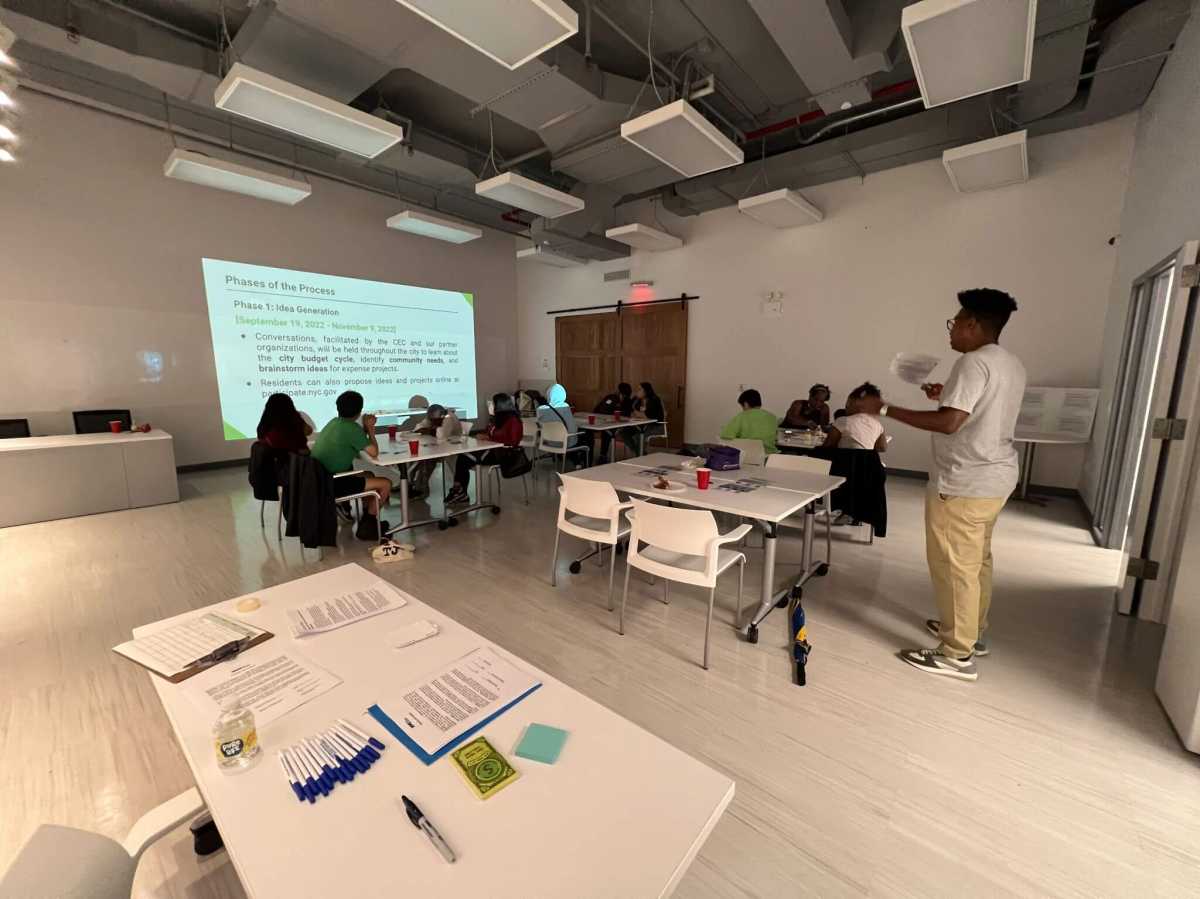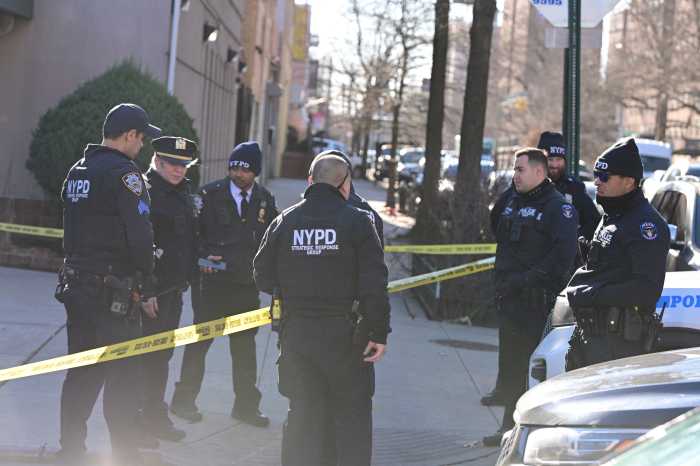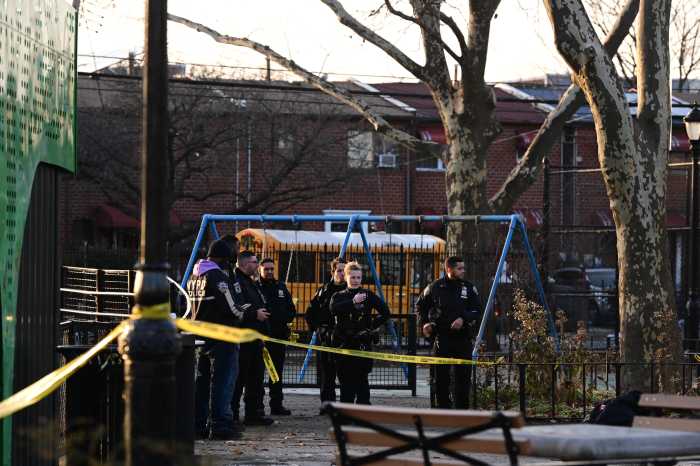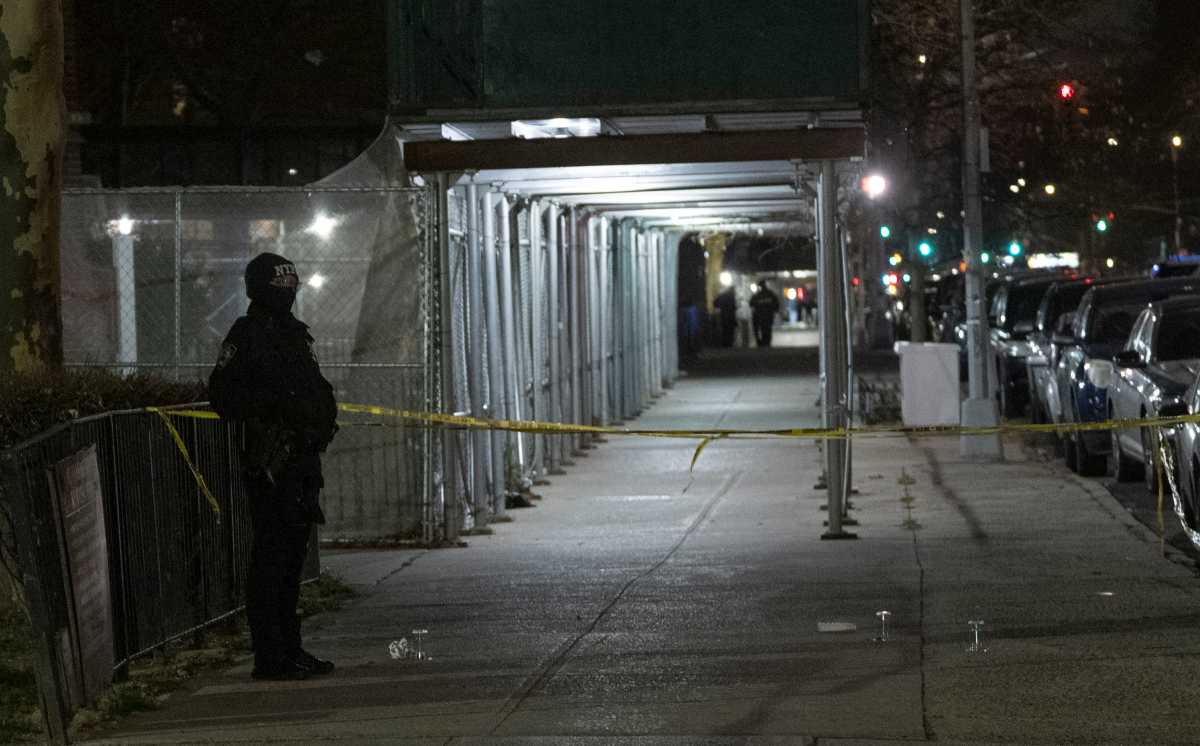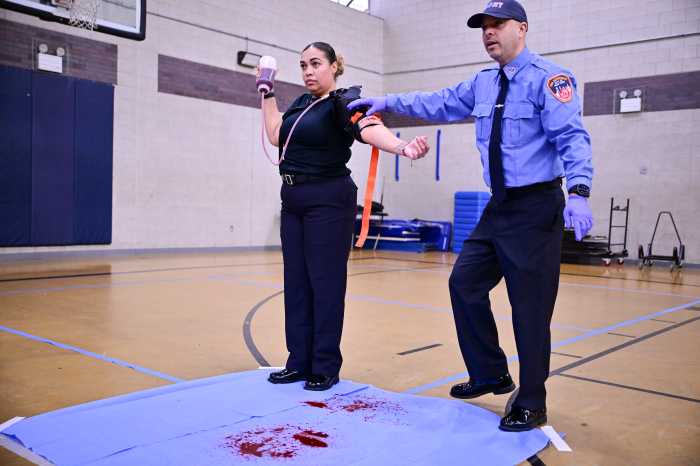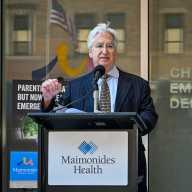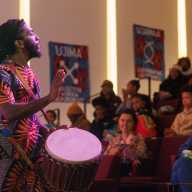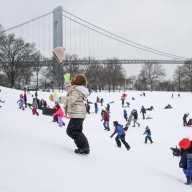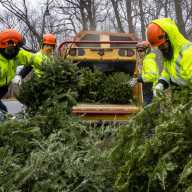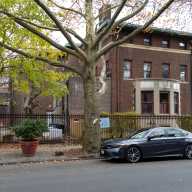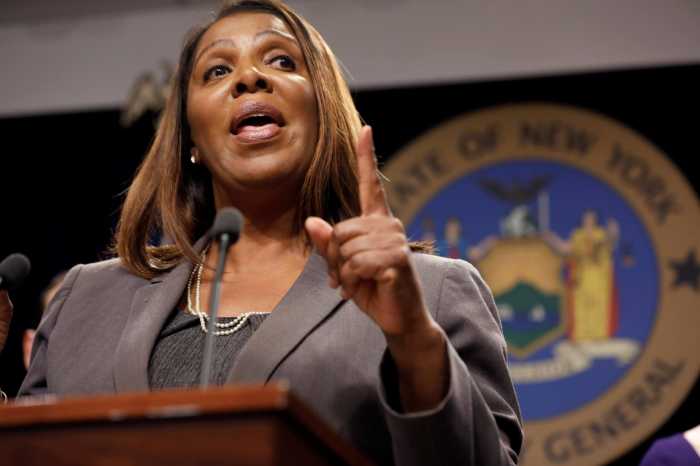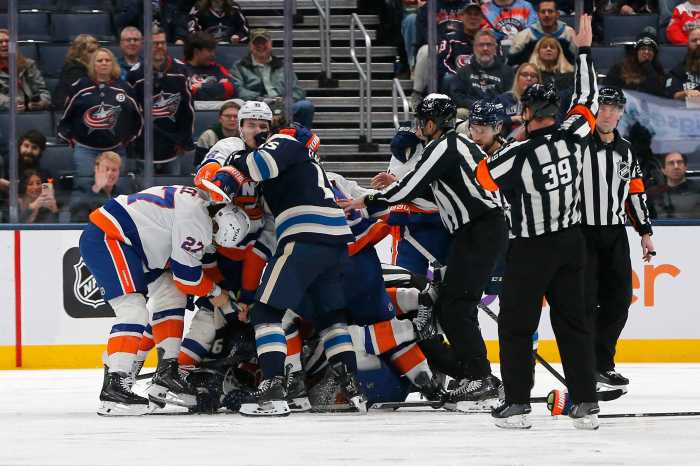Brownsville residents are being asked to vote for the community project they would like to see funded through the first-ever citywide participatory budget initiative.
Starting May 10, residents of the neighborhood aged 11 and up, regardless of immigration or incarceration status, will have seven weeks to vote (in-person or online) for one of five shortlisted projects, which were crowd-sourced by fellow community members.
The programs on the Brownsville ballot vying for the $50,000 funding are: an anti-gun violence campaign, an after school tutoring program, a green safe haven, mental health support, and vocational training for young adults.
Participatory budgeting is not new to the city but this year the NYC Civic Engagement Commission (CEC) expanded its participatory budgeting on a citywide scale to give all residents a greater say on services and programs to fund with public money.
The main difference between this citywide effort and the City Council’s is that the funding is for expense projects rather than capital projects.
As part of the People’s Money, a total of $5 million in expense funds is being split up across the city as part of this initiative. In partnership with the CEC, the RiseBoro Community Partnership has been leading the neighborhood participatory budgeting process for Brownsville.
The idea-generating phase started last September with community-based idea generation workshops where residents of all ages came up with proposals for expense projects to benefit the community.
Community organizer with RiseBoro Wesley Vasquez told Brooklyn Paper that the “biggest achievement” from the idea generation phase were the youth-only sessions carried out in partnership with Brownsville Collaborative Middle School.
“They seemed very genuinely excited about the chance to come up with their own projects and many of them already had ideas in mind on what they wanted to see in their community. They just had to be given the opportunity to allow their voices to be heard,” said Vasquez, noting that three of the five projects shortlisted this year came from the youth sessions.
Following the idea-generation phase, Vasquez and his colleagues began to create a participatory budgeting coalition of representatives from local community groups, elected officials office, government agencies as well as nonprofits.
The participatory budgeting coalition, with representatives from NYCHA, Brownsville Public Library and Brownsville Neighborhood Health Action Centre, met once a month between January and April with the task of whittling down 155 community project ideas to a five-idea ballot.
“The main goal of each idea is to give support to sectors of the community that need it the most,” said Vasquez. “Each idea on the Brownsville ballot is focused on tackling a community priority whether that be health and wellness, public safety, youth services, youth education, or senior services.”
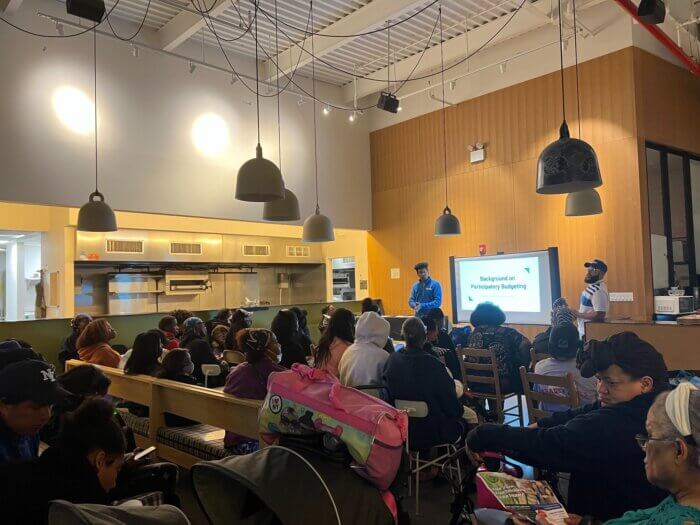
Expense Projects
$50,000 available. Brownsville voters can choose one project
Community Garden: This project would see the development of a green space within Brownsville to grow more plants and beautify the neighborhood.
Mental Health Outreach: This program would further support the mental health clinics in the community by creating “extensive outreach programs” in an effort to combat crime and potential incidents committed by those who require mental health care.
Vocational Training for Youth: This project would create job training courses for teens, youths and older adults to help provide greater access to trade work.
Gun Violence Control and Advocacy Program: This project would see the creation of a anti-gun violence group to work on local interventions and lobbying.
After School Tutoring Program: This project would hire tutors to support elementary and middle-school students through the summer break and 2023-2024 school year.
Voting starts May 10 and runs for seven weeks up until June 25. Once the votes have been tallied, the winning project will begin their implementation phase in July.
Anyone ages 11 and up, regardless of any immigration status, can vote as long as they live, work or go to school in the community.
Vasquez explained that turnaround time for getting the winning project off the ground will be fast as the participatory budgeting coalition has a corresponding nonprofit poised to implement the winning project.
“Participatory Budgeting can be seen as a form of direct democracy in the sense that you are voting for exactly what it says you’re voting for. You’re voting for a community project to receive $50,000,” said Vasquez, who is coordinating a number of voting outreach workshops to get out the vote in the coming weeks.
Voting takes place between May 10 and June 25. Residents can find a list of in-person voting sites here, or vote online here.


